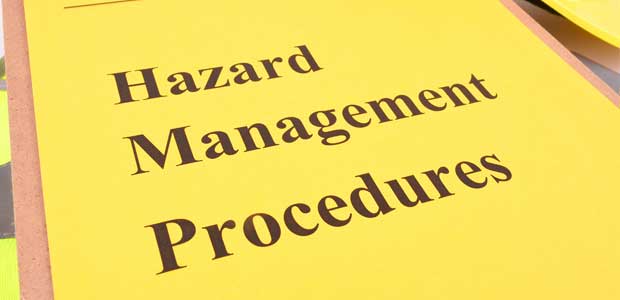
The Right to Know: How Hazard Communication Became a Standard
In order to create a safer work environment, employees need to know what hazards are present and how to mitigate them.
- By Sydny Shepard
- Apr 01, 2022
Workers today understand that they do not have to work in an environment that jeopardizes their health, but it wasn’t always that way. Employers had not always been incentivized to ensure safe work and certainly were not looking at citations, violations or penalties for failing to provide personal protective equipment, safety training or data highlighting a jobsite’s hazards.
For OH&S’ special 90th anniversary coverage in the March issue, we are going to take a look back at the history of the Hazard Communication Standard, which also became known as the “Right to Know” laws. We will take a look at how this standard was created, the evolution of the standard and how employers and safety professionals can ensure compliance.
Hazardous Materials and Their Impact on Workers
Before we jump into the history of the Hazard Communication Standard, it is important to understand what was happening in workplaces prior to the formation of the Occupational Safety and Health Administration.
In the January/February issue of OH&S, I briefly touched on the study of a workers’ environment and how it impacted their health. Some of the earliest indicators that chemicals and substances were wreaking havoc on worker health was back in the Industrial Revolution when employees completed their duties alongside anthrax, mercury and lead, which later would come to be known as highly toxic, hazardous materials.
The increase in lead materials brought on by the Industrial Revolution would sicken women and children working in all stages of lead processing, such as pottery glazing, smelting of lead ores and manufacturing lead compounds. Workers would fall ill from working with hides and wool contaminated by athrax. Later, workers would be found to have exposure to cyanide, which would cause headache, nausea, confusion, seizures and cardiac arrest.
It was made clear that a failure to obtain proper disclosure of the materials used by workers lead to improper or ineffective medical diagnosis and treatments as many of the symptoms to chemical poisoning and infection were similar to other commonly known ailments such as influenza and heart disease. Creating a system that not only tracked what chemicals were present in a workplace, but also how they could impact an employee became paramount to the health and wellness of employees across the country.
This article originally appeared in the April 2022 issue of Occupational Health & Safety.